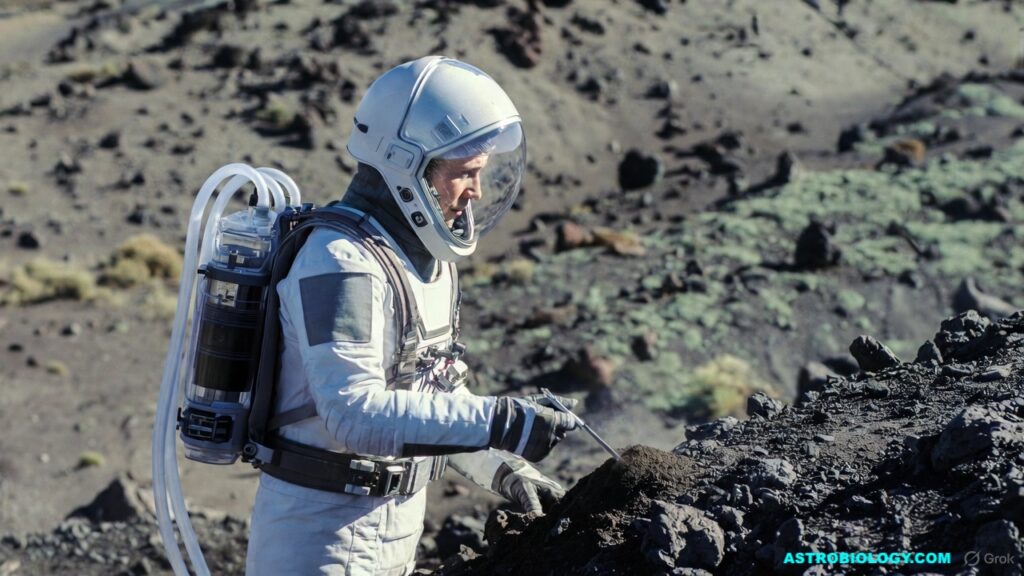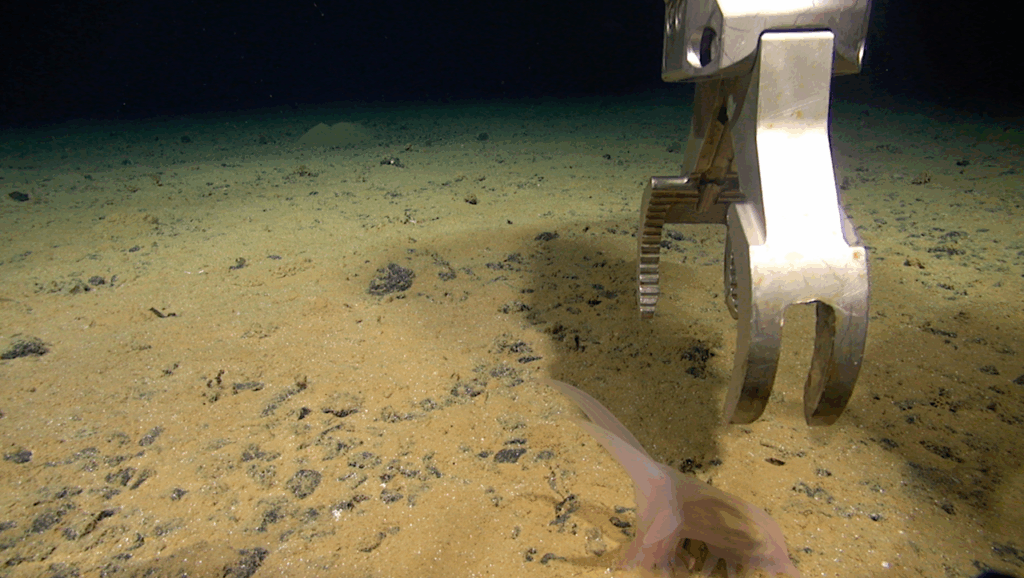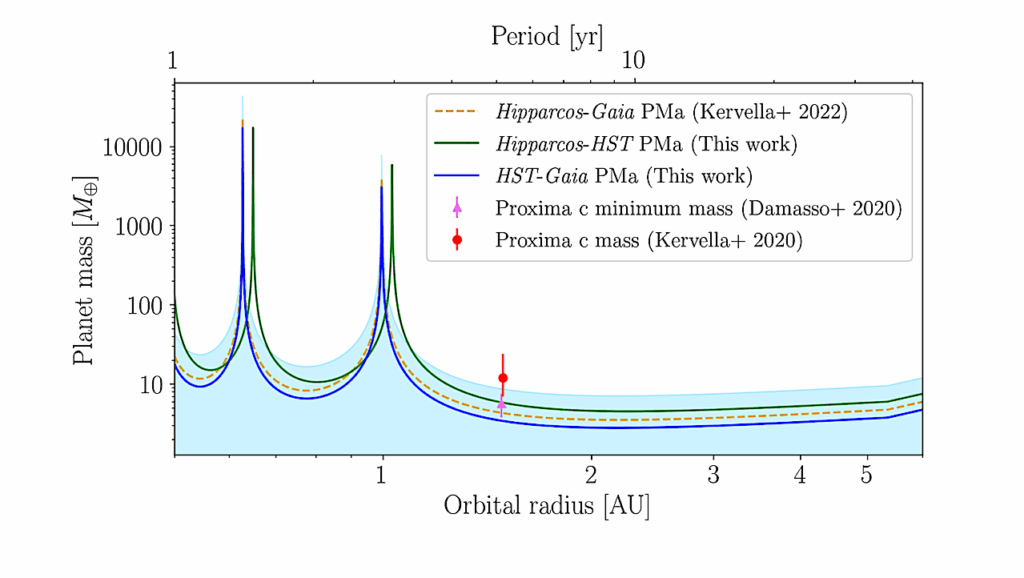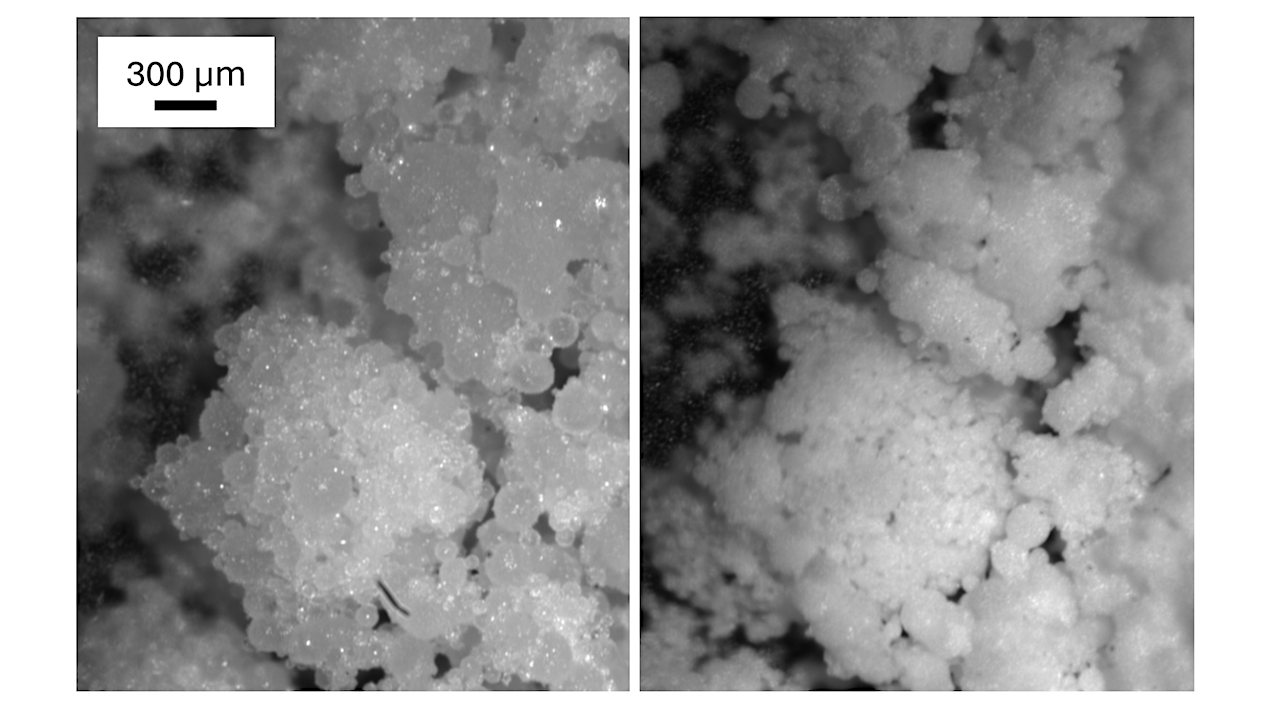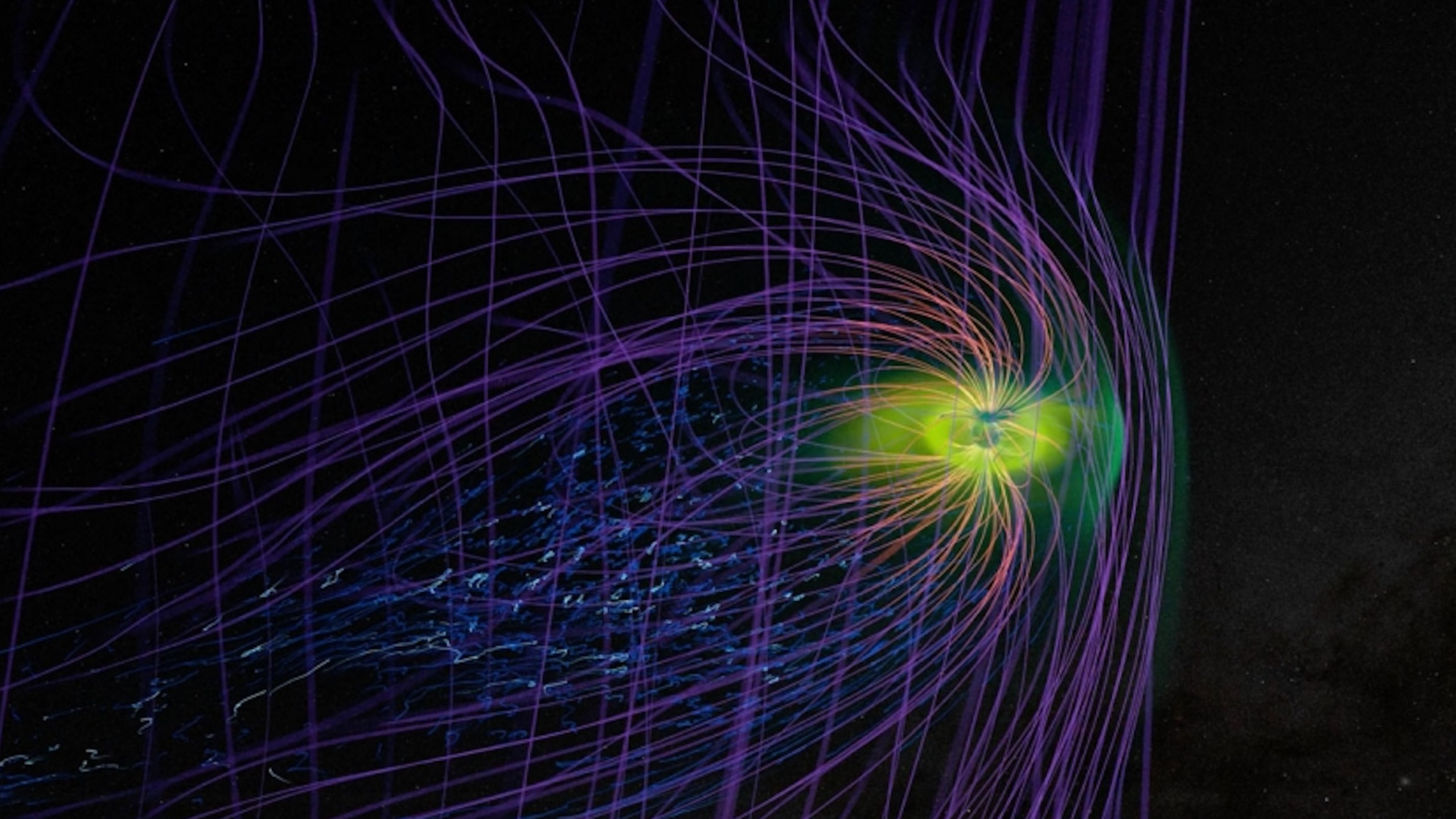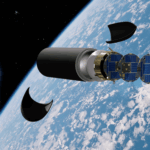Now Reading: Insufficient Evidence For DMS And DMDS In The Atmosphere Of K2-18 b
-
01
Insufficient Evidence For DMS And DMDS In The Atmosphere Of K2-18 b
Insufficient Evidence For DMS And DMDS In The Atmosphere Of K2-18 b
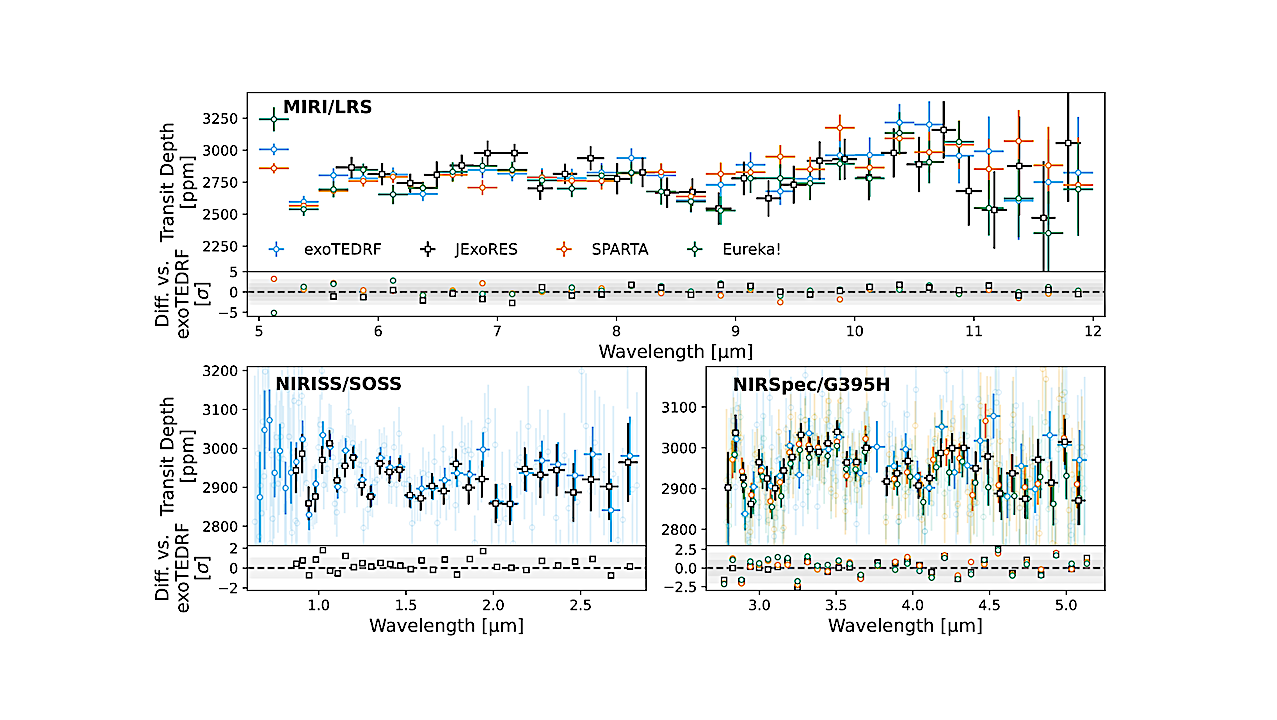

Transmission spectra of K2-18 b from exoTEDRF (blue), JExoRES (black), SPARTA (orange) and Eureka! (green). For NIRISS and NIRSpec, faded points show higher resolution (R=100 and 200, respectively) spectra, and solid colors are binned for clarity. Smaller panels show
error-normalized differences relative to exoTEDRF. The JExoRES spectra used different binning and are interpolated in the difference panels. — astro-ph.EP
Recent JWST observations of the temperate sub-Neptune K2-18 b have been interpreted as suggestive of a liquid water ocean with possible biological activity. Signatures of DMS and DMDS have been claimed in the near-infrared (using the NIRISS and NIRSpec instruments) and mid-infrared (using MIRI).
However, the statistical significance of the atmospheric imprints of these potential biomarkers has yet to be quantified from a joint analysis of the entire planet spectrum. We test the robustness of the proposed DMS/DMDS detections by simultaneously modeling the NIRISS and NIRSpec observations jointly with the MIRI spectrum, considering different data reductions and modeling choices.

Results from the PLATON retrievals performed on the transmission spectrum of K2-18 b produced with JExoRES in M23 and M25. Top: Transmission spectrum (native-resolution data used in the retrievals in gray, binned data in black for visualization purposes). Best-fit models for the five cases outlined in the text are shown: a baseline model (blue), a model with DMS and DMDS (orange), a model with a common hydrocarbon C2H6 (green), a model with DMS and DMDS but without using the MIRI data (red), and the baseline model with DMS, DMDS, and C2H6 (pink). Models are smoothed to R ∼ 200 for clarity. Bottom: 1D marginalized posterior distributions on the molecular species included in each retrieval. Colors reflect the model in the top panel. The black points and vertical dashed lines indicate the abundances reported for each molecule in M23 from just NIRISS and NIRSpec, whereas the gray points in the DMS/DMDS panel indicate the abundances reported in M25 from MIRI data alone. — astro-ph.EP
We use three well-tested pipelines to re-reduce the JWST observations, and two retrieval codes to analyze the resulting transmission spectra as well as previously published data. Our joint analysis of the panchromatic (0.6 – 12 um) spectrum of K2-18 b finds insufficient evidence for the presence of DMS and/or DMDS in the atmosphere of the planet. Furthermore, other molecules containing methyl functional groups (e.g., ethane) with absorption bands similar to DMS/DMDS provide an equally good fit to the data.
We find that any marginal preferences are the result of limiting the number of molecules considered in the model and oversensitivity to small changes between data reductions. Our results confirm that there is no statistical significance for DMS or DMDS in K2-18 b’s atmosphere.
While previous works have demonstrated this on MIRI or NIRISS/NIRSpec observations alone, our analysis of the full transmission spectrum does not support claims of potential biomarkers. Using the best-fitting model including DMS/DMDS on the published data, we estimate that ~25 more MIRI transits would be needed for a 3-sigma rejection of a flat line relative to DMS/DMDS features in the planet’s mid-infrared transmission spectrum.
R. Luque, C. Piaulet-Ghorayeb, M. Radica, Q. Xue, M. Zhang, J. L. Bean, D. Samra, M. E. Steinrueck
Insufficient evidence for DMS and DMDS in the atmosphere of K2-18 b. From a joint analysis of JWST NIRISS, NIRSpec, and MIRI observations
Comments: Submitted to A&A Letters. Main body: 5 pages, 3 figures. Shortened abstract for arXiv
Subjects: Earth and Planetary Astrophysics (astro-ph.EP); Instrumentation and Methods for Astrophysics (astro-ph.IM)
Cite as: arXiv:2505.13407 [astro-ph.EP] (or arXiv:2505.13407v1 [astro-ph.EP] for this version)
https://doi.org/10.48550/arXiv.2505.13407
Focus to learn more
Submission history
From: Rafael Luque
[v1] Mon, 19 May 2025 17:41:33 UTC (512 KB)
https://arxiv.org/abs/2505.13407
Astrobiology,
Stay Informed With the Latest & Most Important News
-
 012024 in Review: Highlights from NASA in Silicon Valley
012024 in Review: Highlights from NASA in Silicon Valley -
 02Panasonic Leica Summilux DG 15mm f/1.7 ASPH review
02Panasonic Leica Summilux DG 15mm f/1.7 ASPH review -
 03From Polymerization-Enabled Folding and Assembly to Chemical Evolution: Key Processes for Emergence of Functional Polymers in the Origin of Life
03From Polymerization-Enabled Folding and Assembly to Chemical Evolution: Key Processes for Emergence of Functional Polymers in the Origin of Life -
 04How New NASA, India Earth Satellite NISAR Will See Earth
04How New NASA, India Earth Satellite NISAR Will See Earth -
 05And Thus Begins A New Year For Life On Earth
05And Thus Begins A New Year For Life On Earth -
 06Astronomy Activation Ambassadors: A New Era
06Astronomy Activation Ambassadors: A New Era -
07SpaceX launch surge helps set new global launch record in 2024












